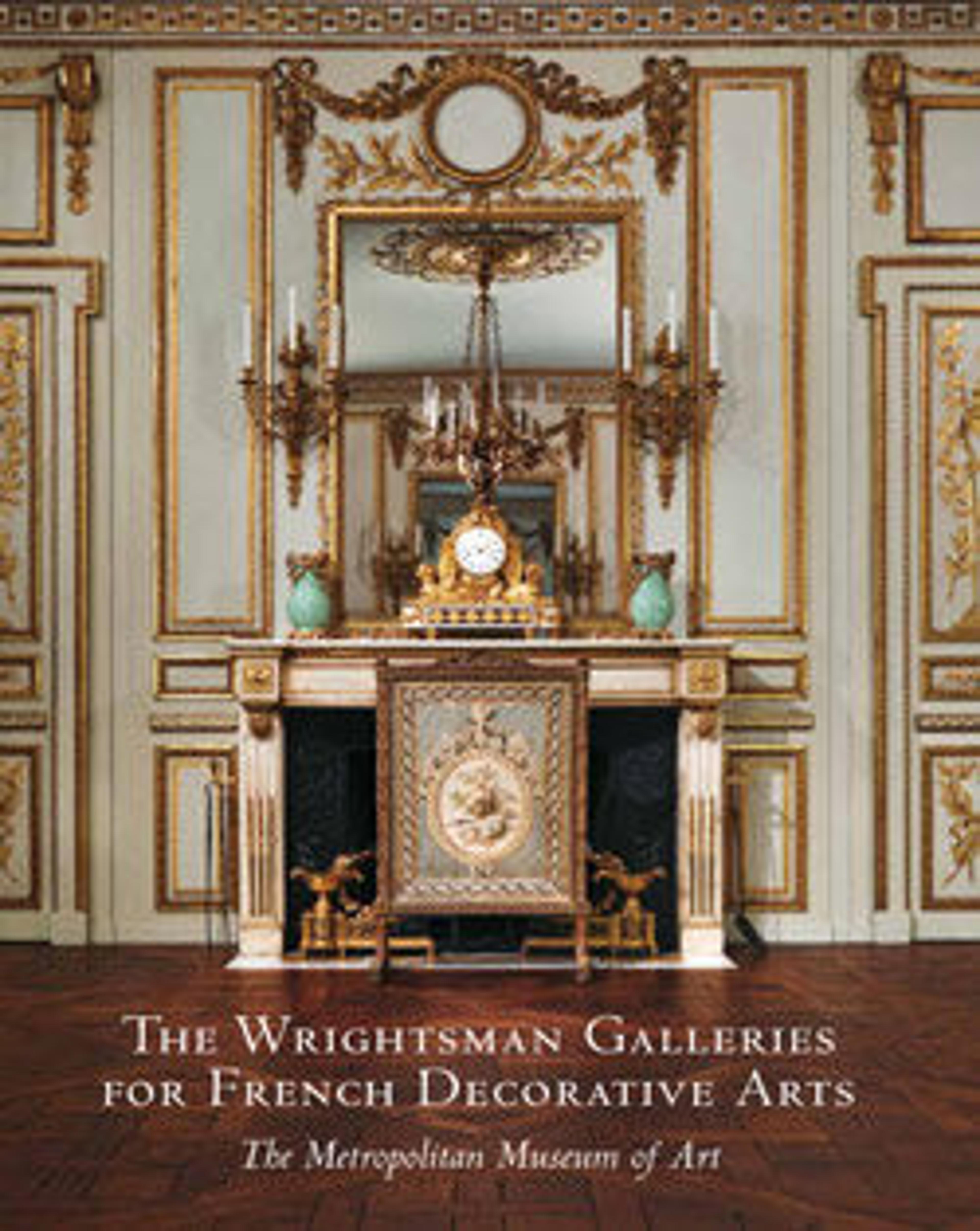Europe and America
A very limited number of figures and figure groups were made at the Vincennes porcelain factory; it was only after the move to a larger building at Sèvres in 1756 that the factory produced figures on a significant scale. This group with the personifications of Europe and America was made with a pendant, which represents the continents of Asia and Africa. In the present composition, Europe is depicted wearing a crown and reclining against her horse, with flags and a cornucopia at her feet. America, in a feathered headdress and skirt, holds a bow with a quiver of arrows and has a crocodile at her back. In the eighteenth century, these various attributes would have made the two continents to which they allude immediately identifiable. The vast majority of the figures first produced at Vincennes were not decorated with enamels but were only glazed. Perhaps because glaze was found to obscure the details of the modeling, it was used very rarely on figures after 1752. Examples produced after this date customarily were left unglazed, in the so-called biscuit state, in which the fired white porcelain resembles marble. The greater popularity of biscuit figures coincided with the developing Neoclassical taste, which held the marble sculpture of antiquity in especially high regard.
Artwork Details
- Title:Europe and America
- Manufactory:Vincennes Manufactory (French, ca. 1740–1756)
- Modeler:Le Boiteux (active 1747–52)
- Date:ca. 1752
- Culture:French, Vincennes
- Medium:Soft-paste porcelain
- Dimensions:Overall: 12 1/2 × 10 5/8 × 6 7/8 in. (31.8 × 27 × 17.5 cm)
- Classification:Ceramics-Porcelain
- Credit Line:Gift of Estate of James Hazen Hyde, 1959
- Object Number:59.208.9
- Curatorial Department: European Sculpture and Decorative Arts
More Artwork
Research Resources
The Met provides unparalleled resources for research and welcomes an international community of students and scholars. The Met's Open Access API is where creators and researchers can connect to the The Met collection. Open Access data and public domain images are available for unrestricted commercial and noncommercial use without permission or fee.
To request images under copyright and other restrictions, please use this Image Request form.
Feedback
We continue to research and examine historical and cultural context for objects in The Met collection. If you have comments or questions about this object record, please contact us using the form below. The Museum looks forward to receiving your comments.
